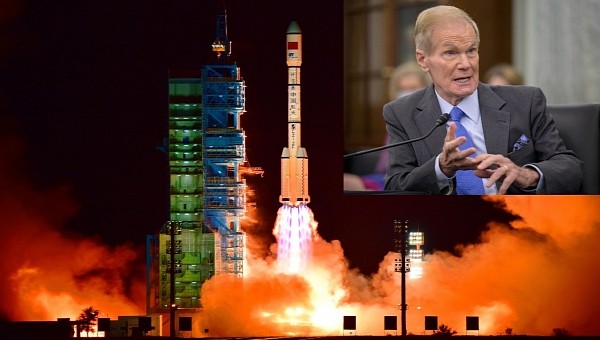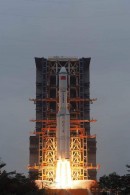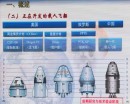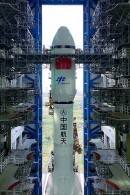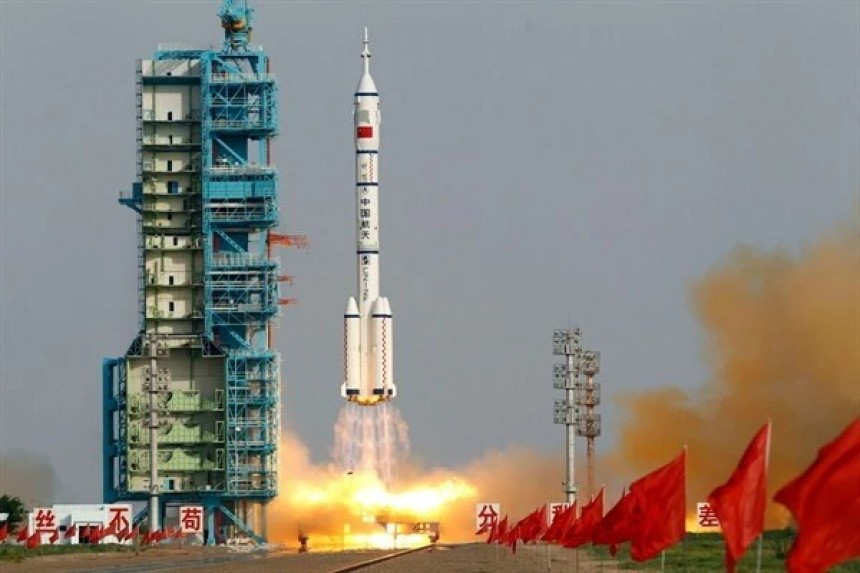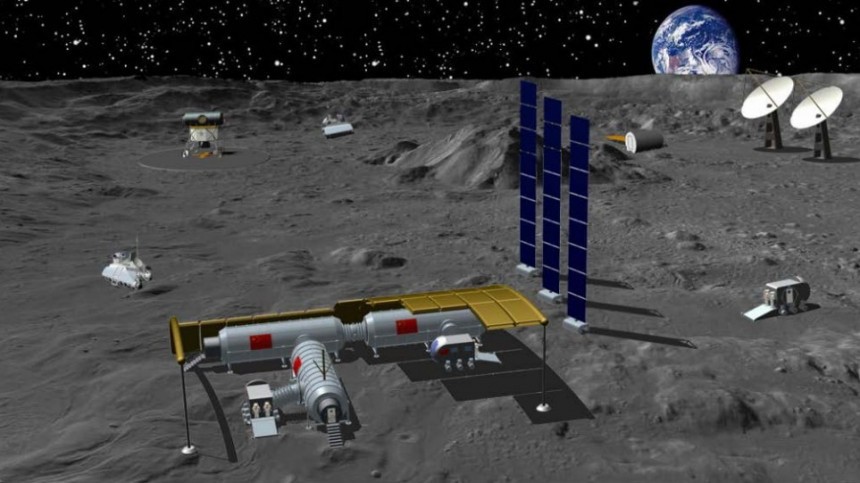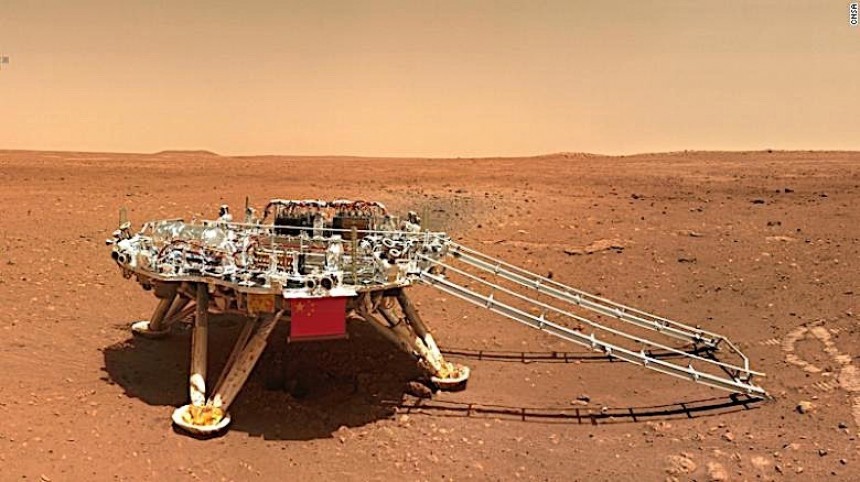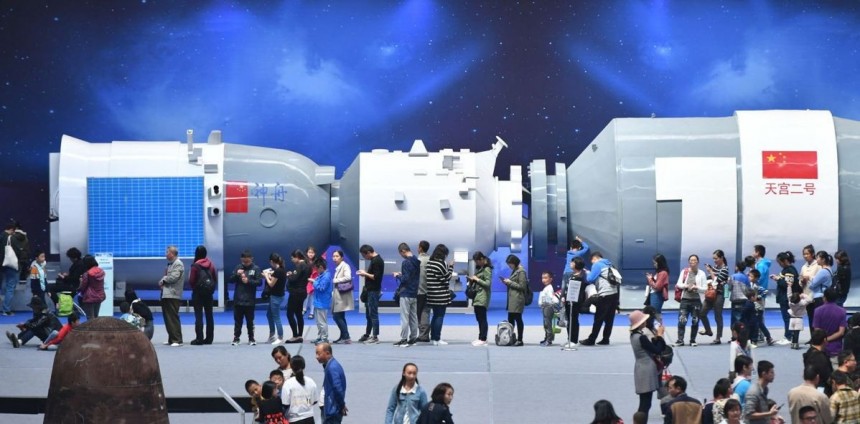If you asked most NASA personnel before 2023 if they thought they were engaged in a space race a la the 1960s, they'd likely say politely yet firmly that they aren't. A firm dedication by NASA to exist to advance spaceflight and not as a political weapon is admirable. But the Chinese have their own plans.
Less than two months after the first of NASA's Artemis missions completed what can be called a smashing success, NASA's chief official is whistling a demonstrably different tune, particularly about the Chinese CNSA. With promises of rare-Earth resources galore situated just a quarter million or so miles from home, China is right on the heels of NASA.
As it happens, even NASA itself fears the Chinese may even surpass the West in terms of their ability to put humans on the Moon. According to a recent article by Politico, even NASA's Chief Administrator Bill Nelson has concerns. If Nelson's fears come to pass, the consequences for space endeavors outside China's good graces could be devastating. But let's take a timeout real quick. If you're not an avid space junkie like some of us are, the prospects of a second space race probably sound shocking.
Only a decade ago, the Space Shuttle's retirement necessitated NASA astronauts to hitch rides in Soyuz capsules out of Baikonur Cosmodrome in Russia. But ten years, it turns out, is plenty of time to turn things around. Just look at what NASA and the European Space Agency (ESA) managed to come up with in that time.
With a Lockheed Martin Orion space capsule left over from the dead Constellation program and upgraded Space Shuttle tech in the SLS rocket, NASA's strung together one heck of a human-crewed Moon landing initiative. But enough news for people living under rocks. Why is Bill Nelson doing a complete 180 from the understood rhetoric about space races in a modern context?
It would be one thing if China's exploits in space as of late were limited to a handful of unmanned probes on the Moon and Mars. Admittedly, China's unmanned presence on the Moon, in particular, exceeds even that of NASA as of late. China's 2020 Chang'e 5 sample return mission was the first to return Lunar samples since the Soviet Luna 24 mission in 1976.
That's without mentioning the twin Yutu Rovers 1 and 2, which set records for the amount of time spent surveying the Lunar surface via the Chang'e 3 and 4 missions. Or the Tianwen-1 mission in which the Zhurong rover staked China's claim on the Red Planet alongside NASA. But as the West is only now recognizing, this unmanned presence in space on the part of China was just a prelude for ambitions in their human-crewed space program.
Though the CNSA keeps the bulk of its launch infrastructure out of the public eye, there are at least four separate launch complexes across China where they could theoretically launch their human-crewed initiatives in space. The agency also has plenty of rocket power to play with if they hope to go tit-for-tat with NASA's finicky but nonetheless brilliant SLS super-heavy booster rocket.
In all likelihood, a Chinese human-crewed mission to the Moon or Mars would be launched from the Wenchang Space Launch Site in Southern China. Its location only 19 degrees north of the Equator allows for less mass to be dedicated to fuel, saving payload space in the process.
Such a mission will likely launch on the Long March 9 super-heavy booster rocket in development since at least 2016 and slated for its first launch before the end of the 2020s. Even if Long March 9 isn't ready for a 2029 launch Doing so while carrying China's Next Generation Crewed Spacecraft in the same role as NASA's Orion. Add it all up, and suddenly the rationale behind NASA getting hot behind the collar makes sense.
This is especially the case if China decides they'd like to treat the surface of the Moon like they only wish they could subjugate Taiwan. I.e., there's not much in the way of China claiming portions of the Lunar surface as their own sovereign territory over which they alone could delegate who is and isn't allowed access to the resources they could potentially find.
With the energy-rich Helium-3 present on the Moon in as much as 1.1 million metric tons, you might be surprised to know perhaps the most important compound found on the Moon is old-fashioned water ice. Hundreds of billions of tons of the stuff are thought to reside within craters at the Lunar poles.
Should the Chinese reach either of the Lunar poles first, no international space treaty ever signed can stop them from cannibalizing it all for themselves and their own international allies. A Moon divided down political boundaries has long been a science fiction trope. But in reality, the effects of this phenomenon could be far worse than even For all Mankind or 2001: A Space Odyssey could portray.
The level of geo-political tomfoolery set to play out on the surface of the Moon is nothing short of unprecedented. Even if Artemis III does land Americans and one Canadian on the Lunar South Pole, the Chinese could simply claim the North Pole or anywhere else it pleases that Western superpowers have yet to touch down upon yet.
The level of division and tension this causes between the global powers remains to be seen. But whatever the case, watching it all pan out in front of our very eyes will be nothing short of the best show on television. Or the internet, for that matter.
With the signing of the Artemis Accords in 2020, it won't just be the Americans duking out with the Chinese up there. In due time, representatives from as many as 23 countries across the globe will get to hitch a ride as well. The entire world in space? Now that's a timeline we want to live in.
In the end, the objectives of all the world's current human-crewed space initiatives are ostensibly very different from the days of Apollo, the Saturn V, Leonov, and Armstrong. It's no secret that politics and little else were the impetus behind the first Soviet and American human-crewed space programs.
This time around, the name of the game is landing on the Moon to stay. Not only to explore the Moon inquisitively in a way only a human brain can but also as a staging area for missions to places farther afield. Oh, did we mention the Russians also want to go to the Moon? That's a whole other can of worms in itself.
As it happens, even NASA itself fears the Chinese may even surpass the West in terms of their ability to put humans on the Moon. According to a recent article by Politico, even NASA's Chief Administrator Bill Nelson has concerns. If Nelson's fears come to pass, the consequences for space endeavors outside China's good graces could be devastating. But let's take a timeout real quick. If you're not an avid space junkie like some of us are, the prospects of a second space race probably sound shocking.
Only a decade ago, the Space Shuttle's retirement necessitated NASA astronauts to hitch rides in Soyuz capsules out of Baikonur Cosmodrome in Russia. But ten years, it turns out, is plenty of time to turn things around. Just look at what NASA and the European Space Agency (ESA) managed to come up with in that time.
With a Lockheed Martin Orion space capsule left over from the dead Constellation program and upgraded Space Shuttle tech in the SLS rocket, NASA's strung together one heck of a human-crewed Moon landing initiative. But enough news for people living under rocks. Why is Bill Nelson doing a complete 180 from the understood rhetoric about space races in a modern context?
That's without mentioning the twin Yutu Rovers 1 and 2, which set records for the amount of time spent surveying the Lunar surface via the Chang'e 3 and 4 missions. Or the Tianwen-1 mission in which the Zhurong rover staked China's claim on the Red Planet alongside NASA. But as the West is only now recognizing, this unmanned presence in space on the part of China was just a prelude for ambitions in their human-crewed space program.
Though the CNSA keeps the bulk of its launch infrastructure out of the public eye, there are at least four separate launch complexes across China where they could theoretically launch their human-crewed initiatives in space. The agency also has plenty of rocket power to play with if they hope to go tit-for-tat with NASA's finicky but nonetheless brilliant SLS super-heavy booster rocket.
In all likelihood, a Chinese human-crewed mission to the Moon or Mars would be launched from the Wenchang Space Launch Site in Southern China. Its location only 19 degrees north of the Equator allows for less mass to be dedicated to fuel, saving payload space in the process.
This is especially the case if China decides they'd like to treat the surface of the Moon like they only wish they could subjugate Taiwan. I.e., there's not much in the way of China claiming portions of the Lunar surface as their own sovereign territory over which they alone could delegate who is and isn't allowed access to the resources they could potentially find.
With the energy-rich Helium-3 present on the Moon in as much as 1.1 million metric tons, you might be surprised to know perhaps the most important compound found on the Moon is old-fashioned water ice. Hundreds of billions of tons of the stuff are thought to reside within craters at the Lunar poles.
Should the Chinese reach either of the Lunar poles first, no international space treaty ever signed can stop them from cannibalizing it all for themselves and their own international allies. A Moon divided down political boundaries has long been a science fiction trope. But in reality, the effects of this phenomenon could be far worse than even For all Mankind or 2001: A Space Odyssey could portray.
The level of division and tension this causes between the global powers remains to be seen. But whatever the case, watching it all pan out in front of our very eyes will be nothing short of the best show on television. Or the internet, for that matter.
With the signing of the Artemis Accords in 2020, it won't just be the Americans duking out with the Chinese up there. In due time, representatives from as many as 23 countries across the globe will get to hitch a ride as well. The entire world in space? Now that's a timeline we want to live in.
In the end, the objectives of all the world's current human-crewed space initiatives are ostensibly very different from the days of Apollo, the Saturn V, Leonov, and Armstrong. It's no secret that politics and little else were the impetus behind the first Soviet and American human-crewed space programs.
